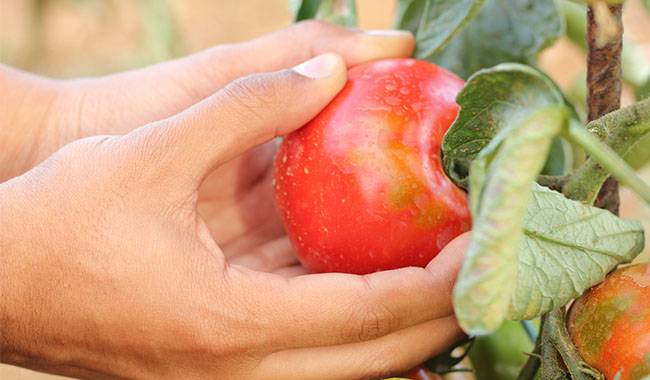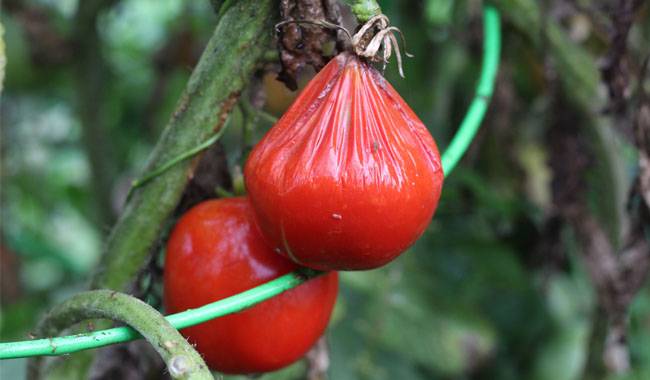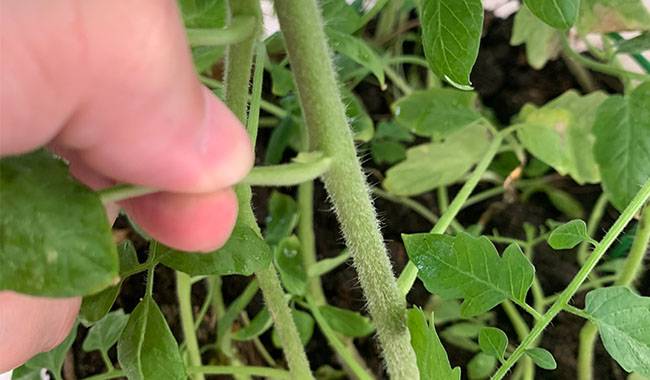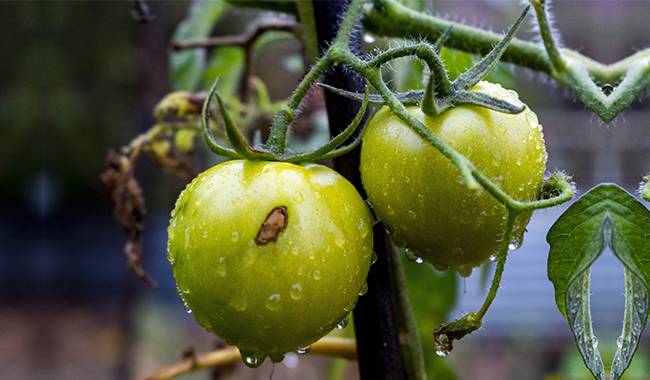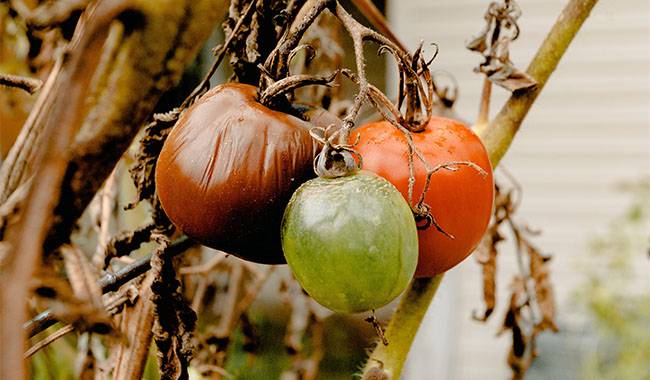
Growing tomatoes has become a ritual for many people, with its secrets, tips, and tricks. There are strict and simple rules for this particular process of monitoring plant growth and development.
There are details and tricks that can only be revealed with experience in the process. But still, it is quite difficult to ruin tomato seedlings with “little things”.
Only a violation of the basic principles of cultivation can lead to failure. Let’s get closer to the most serious mistakes, which should never be allowed when growing tomato seedlings on their own.
Soaking seeds for too long
Many people believe that the longer the seeds are in the nutrient solution or pure water, the better. However, soaking is no germination, and for tomato seeds, it is best to stick to the principle of minimal handling at this stage.
The optimal time for soaking in warm water is 12-24 hours, and if growth stimulants (both industrial and “homemade” – honey or aloe vera) are used, the time is best reduced to 3-12 hours.
Careful selection of soil
If containers can indeed be used for almost anything – from special professional food containers and plastic cups from yogurt, with soil, you should not experiment.
The biggest mistake you can make is to assume that the quality of the soil doesn’t matter and that any soil will do, even from a garden or park.
Healthy and strong seedlings need a good quality nutrient medium. If you mix your own soil, you need to use ingredients with proven properties – good quality peat, sand, compost.
However, it is best to choose a special ready-made professional soil mix that is neutral in reaction, light in texture and has controlled properties, selected so that it provides everything the seedlings need.
Additional decontamination will not harm any substrate and can avoid many problems. Scalding, baking, and dousing with fungicide solutions can all be used in tomato seedbeds.
Rush
Premature sowing is the most common mistake in growing tomato seedlings and can lead to stretching, overgrowth, blackleg death, deformation, and reduced immunity. Haste always affects yield.
If there is no possibility to place plants before sowing and keep them in optimal conditions, it is best not to even have the recommended sowing date for a particular variety too early. The safest option is to stick to an “average” planting date, starting in March of the following year.
However, not only sowing should not be rushed, but nothing should be rushed, from watering and fertilizing to hardening the plants. It is better to wait a day or two than to put the seedlings at risk of death.
And if any doubt arises, such as whether to water the tomato seedlings, there is always only one answer for tomato plants – “wait until tomorrow”.
Lack of sunlight
Not all windows are suitable for tomato seedlings, especially at the beginning of spring. If there is no additional light, only the best light regime can be maintained on the south and partly south side, in extreme cases – east and west windowsills.
Even so, as long as the daylight hours are at least 12 hours. If the weather in the spring is bad and the sky is cloudy, and there is no other lighting, you simply can not do anything about it.
Tomato seedlings should be moved to the brightest place as soon as they germinate. Even shrubs that are ready to be planted with lush foliage should continue to be kept in the brightest light and brought outdoors more often as soon as possible.
Incorrect temperature
Tomato seedlings do not tolerate severe excess cold or extreme heat. It needs a more controlled environment that is stable and protected from harsh influences. The optimum temperature for tomatoes after sowing and before germination is 71-77°F (22-25°C).
After the first cotyledons form, and thereafter, it is best to lower the temperature slightly-optimal nighttime patterns are 57-60°F (14-16°C) with normal daytime room temperatures.
Tomatoes like a daily variation of 40-46°F (4-8°C). Older, stronger seedlings can increase the temperature in contrast to harden her.
Over-watering
Tomatoes are not a moisture-loving crop as many people think, especially in the early stages of vegetation. In order to overfill seedlings and create the risk of waterlogging, constant humidity is not advisable. A steady moisture level is ideal, but it is better to underwater tomato seedlings than to overwater them.
During the budding stage, before harvesting, the delicate plants should be sprayed with water gently and often. In addition, the main rule worth remembering in order to avoid problems with overwatering and wet soil is to always water carefully and without soaking the stems and leaves after the topsoil has dried.
Overly dense planting
The size of a windowsill and the possibility of placing seedlings is limited for everyone. However, it is not worth sacrificing plant health to save space. Tomatoes should not even be spread too thickly. But most importantly, you should not “save” container volume during transplanting.
Planting several shrubs in a cup, or tomatoes in small pots, is not an option. Seedlings need to be healthy and have strong roots, and should be given enough space before being planted in the soil. Even if you are planting shrubs in a common container or pot set, you should give each plant at least 4-6inch (10-15cm) of space, depending on the variety.
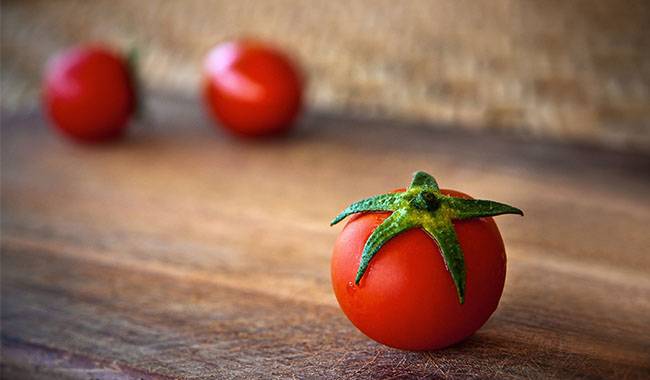
Over-care
Care of tomato seedlings is standard: careful watering and inspection. Too frequent disturbance of the plants and unnecessary disturbance of the plants is unnecessary and should be developed in accordance with the natural conditions of the plants.
Fertilization of tomato seedlings is carried out not necessarily (if used, then for mature plants, not earlier than 6-7 days after picking, and not too many times, with an interval of not less than 5 days to reduce the amount).
Too frequent transplanting, excessive fertilization, abuse of growth stimulants and fungicides, excessive pruning, excessive leaf removal, and careless loosening of the soil will not yield good results.
Inaction in overgrowth
Sometimes tomatoes are not planted at the optimum time due to unpredictable weather or miscalculation. But whatever the cause of overgrowth, the main mistake is to simply wait and do nothing. Just avoid pulling, deforming, and weakening seedlings.
- by limiting fertilization.
- by lowering the temperature to 57-59°F (14-15°C).
- by transplanting seedlings into larger containers.
- but most importantly, by giving the tomato seedlings the brightest light and longest time in the balcony or garden.
Insufficient hardening
Tomato seedlings are often considered so fragile and delicate that it is necessary to protect them with all their might from any adverse effects, even the slightest breeze. And just tomatoes unnecessary care is not good.
Of course, fragile seedlings must be protected. But a few weeks after picking, another rule comes into effect: the better the tempered seedlings, the stronger and healthier they will be, and the better the adult shrubs will be. And as the tomatoes harden “too much” simply does not work.
One to two weeks is only the minimum period for acclimatization to open air and garden conditions. Bringing containers to the balcony or outdoors and gradually increasing the hardening time should be started as early as weather permits, using any warm days.
Ventilating the plants, opening windows, and drying the soil more often will also help harden the plants. For tomato seedlings, it is literally necessary to deteriorate and change the habitat conditions to harden them as much as possible and prepare them for all the surprises that will be encountered in the garden.
Dear reader The most important points of advice on the main mistakes in the cultivation of tomato seedlings, on which the health of the plant and the future harvest depends. If you adhere to the general rule of just providing plants with regular, but not excessive care, then with even moderate effort you will be able to get healthy, strong seedlings, which will quickly adapt to the bed and will delight with long-awaited delicious fruits of various sizes and colors.




